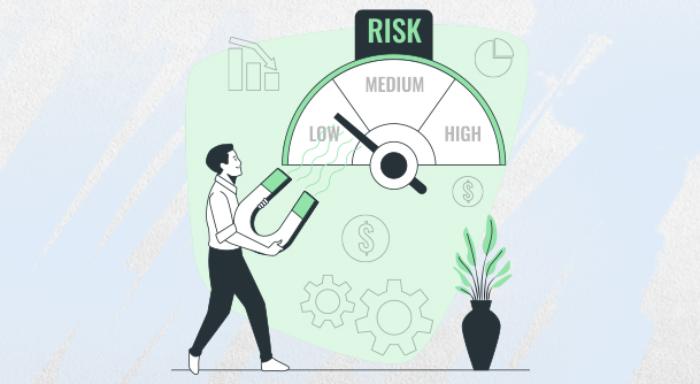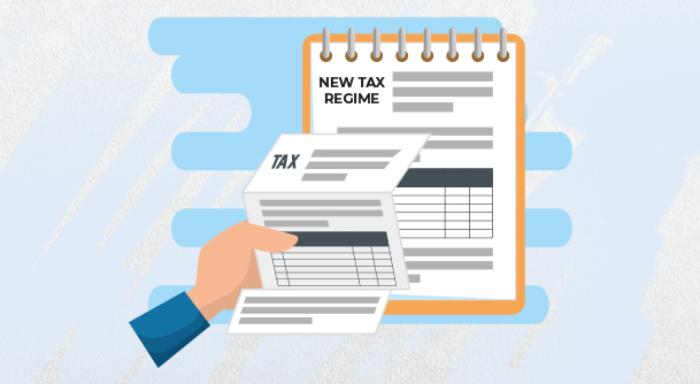ELSS vs. ULIPs: Which is More Efficient for Redeeming Returns?
Blog Title
267 |
ELSS and ULIPs are two popular investment products that offer tax deductions and help build investment discipline. However, before investing, you need to consider how the returns will impact your financial and tax planning. Another consideration is the amount of control on your investments and possibility of liquidation. You may want to redeem your investments due to a sudden need for capital or dissatisfaction with the investment’s performance. Read on to understand the redemption process, tax liabilities, and gauge which one fits your investment needs the best.
Equity-Linked Savings Scheme (ELSS)
ELSS is a special category of mutual funds that facilitates tax deductions under Section 80C of the Income Tax Act, 1961. These funds invest in equities, generally with a potential for high returns. However, these investments have certain lock-in periods and are sensitive to market fluctuations. They are popular because they provide much better returns than some other tax-saving options, although at a higher risk.
Unit-Linked Insurance Plan (ULIP)
ULIPs are dual insurance and investment products. They are eligible for tax benefits, with the investment component being an additional advantage. Your premiums go towards the life insurance component as well as diverse investment assets such as equities, debt funds, or a mix of the two to optimise returns. Reputed providers allow you to choose the funds you want to invest in, and some even allow for unlimited free fund switching, giving you complete control on your investments.
ELSS vs. ULIP: Which is More Efficient to Redeem Returns?
Since ULIP is an insurance product, it can be surrendered before or after maturity. On the other hand, ELSS have a very short lock-in period, of 3 years, and cannot be redeemed before this period is over.
Withdrawing ELSS After Lock-In
Redeeming an ELSS is different from a ULIP since it allows you to choose to receive the entire benefit as a lumpsum or in instalments, just like while paying premiums.
Redeeming a Lumpsum Payment
Once the lock-in period is over, you can request redemption through an online or offline form. Your investment units are sold at the price available on the day of applying for withdrawal and the funds are transferred to your registered account. All ELSS returns above ₹1 lakh are taxable at a flat rate of 10%, plus surcharge and cess.
Redeeming SIP Payment
When returns are paid over a long duration, the calculation of lock-in period and redemption via SIPs is a little more complex. Each SIP premium is treated as a separate investment and has its own lock-in period. You can only redeem units that have completed their lock-in period.
For instance, if you paid ₹5,000 every month for four years, starting June 4, 2018. The 3-year lock-in for your first investment will be over June 3, 2021. However, for your SIP deducted on December 4, 2021, the lock-in will be completed on December 3, 2024. Therefore, by January 2024, the lock-in period of all instalments made in 2021 will be completed and you can redeem your funds. The rest of the investments will be redeemed automatically every month, as and when the lock-in period get over or as per the terms of your scheme.
Redeeming ULIP after Maturity
When a ULIP is redeemed after tenure completion, the entire amount is tax-free for you or your nominee. However, this tax benefit depends on two things – when was the policy purchased and the premium paid.
For policies purchased before April 1, 2012, the maturity amount is exempt of taxes if the premium is less than 20% of the sum assured. Otherwise, the maturity amount is taxable after deducting 20% of the sum assured.
For policies purchased on or after April 1, 2012, the deduction is applicable if the premium was less than 10% of the sum assured. In case the premium is more than 10% of the sum assured, the entire maturity amount is taxable after applying a tax deduction of 10% on the sum assured.
Since 2021, above exemptions on returns are not applicable if the aggregated annual premium in a financial year is higher than ₹2.5 lakhs. Under Section 8AD, long-term gains on ULIPs with premiums above ₹2.5 lakhs are taxed at 10% and short-term gains are taxed at 15%. The maturity amount is taxed at 10% as long-term capital gain. However, death benefits remain exempt from taxes.
Surrendering a ULIP Before Maturity
Investors are always advised to continue their investments to reap full benefits of their chosen instrument. If you surrender your ULIP policy, the entire surrender value is treated as income for that year and is taxable as per the slab in which you fall (after adding the surrender amount). You will need to fill a surrender form to terminate your policy and get the current surrender value amount.
Surrendering Before the Lock-in Period is Completed
When the ULIP is surrendered before the lock-in period is over, certain discontinuation charges are applied according to the terms of the plan. Some policy providers allow you to stop the investment and redeem it within a few days.
Surrendering After the Lock-in Period is Completed
When the ULIP is surrendered after the lock-in period is over, returns of up to ₹2.5 lakhs is exempted from tax while the rest of the terms remain the same.
The flexibility of surrendering a ULIP makes it an attractive investment, but the long lock-in period may or may not be suitable for you. ELSS can be redeemed in the form of SIPs once the lock-in period for each premium ends, moreover, the lock-in period is relatively shorter when compared to ULIPs. Always take into consideration the tax benefits as well as the returns you are likely to get before finalising a purchase.
Aastha Mestry - Portfolio Manager
An Author and a Full-Time Portfolio Manager, Aastha has 6 years of experience working in the Insurance Industry with businesses globally. With a profound interest in traveling, Aastha also loves to blog in her free time.












